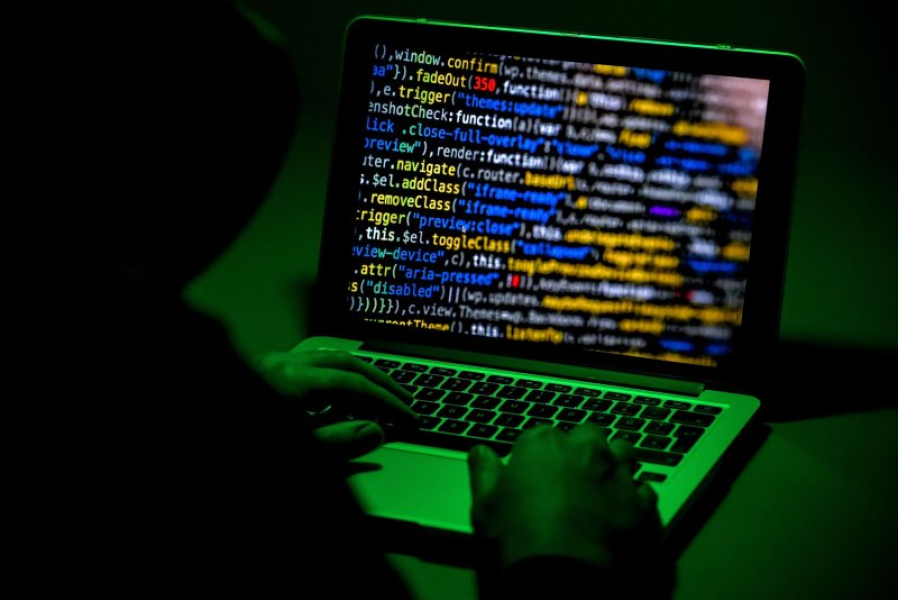
A new study warns that the rise of “fake” science poses a significant threat to the integrity of academic research.
A widespread underground network of fraudsters is increasingly producing fake scientific results, scientists report in the Proceedings of the National Academy of Sciences.
Researchers have found that the rate of increase in publication of fraudulent scientific papers now exceeds the rate of increase in publications in legitimate scientific journals.
“These networks essentially function as criminal organizations that work together to distort the scientific process,” said senior researcher Luis A.N. Amaral, a professor of engineering and applied mathematics at Northwestern University. “There are millions of dollars involved in these operations.”
Scientists note that media reports of scientific fraud often focus on isolated cases of retracted papers, falsified data, or plagiarism committed by individuals seeking a shortcut to success.
However, a new investigation has revealed the existence of a secret network producing fake scientific data without public knowledge.
“This study is probably the most frustrating project I have ever been involved in,” Amaral said in a press release.
“Since my early childhood, I have been inspired by science. It is sad to see others commit fraud and mislead people,” he continued. “But if you believe that science is important and useful for humanity, you must defend it.”
The researchers analyzed retracted articles and tracked studies published in deindexed journals—scientific publications that have been excluded from major online scientific repositories for failing to meet quality or ethical standards.
The data revealed the existence of coordinated networks of “paper mills” that produce low-quality manuscripts and then sell them to scholars eager to publish their work quickly.
These canned reports contain fabricated data, altered or stolen images and plagiarized content, as well as statements that may be nonsensical or physically impossible.
“More and more scientists are falling into the trap of paper mills,” Amaral said. “They can buy not only articles, but also citations. As a result, they can appear as respected scientists, although they themselves have done almost no research.”
“Paper mills offer almost everything that can be used to improve reputation,” lead researcher Reese Richardson, a research fellow at Northwestern University, said in a press release.
“They often sell author slots for hundreds or even thousands of dollars. A person might pay more for a first author position or less for a fourth author position,” Richardson added.
“In addition, people can pay to have their articles automatically accepted by a journal through a sham peer review process.”
The research team also found that fraudulent networks use several approaches to publish their work:
Groups of researchers band together to publish articles in multiple journals and retract their papers only after their actions become known.
The intermediaries act as coordinators for the mass publication of forged documents.
Fraudsters focus on specific, narrow areas of research that are less susceptible to detection and prevention of false publications.
“The middlemen connect everyone behind the scenes,” Amaral said. “You have to find someone who will create the article. You have to find people willing to pay for the authorship. You have to find a journal where it can be published. And you have to find editors for that journal who will accept the article.”
Scientists say these groups can also bypass respected journals by “hijacking” publications that have gone out of business.
Researchers say fraudsters could hijack the name or website of a non-existent journal, secretly assume its identity and begin producing fake scientific papers that look like they came from a legitimate source.
“The same thing happened with HIV Nursing,” Richardson said. “It used to be the journal of the professional body for nurses in the UK, but it stopped publishing and its domain expired. Some organisation bought the domain name and started publishing thousands of articles on topics completely unrelated to nursing.”
The scientists added that the development of artificial intelligence could further exacerbate the spread of fake science.
“If we’re not prepared to tackle the fraud that’s already happening, then we’re certainly not prepared for what generative AI might do to the scientific literature,” Richardson said. “We have no idea what will end up in the literature, what will be considered scientific fact, and what will be used to train future AI models that will then
Sourse: www.upi.com





